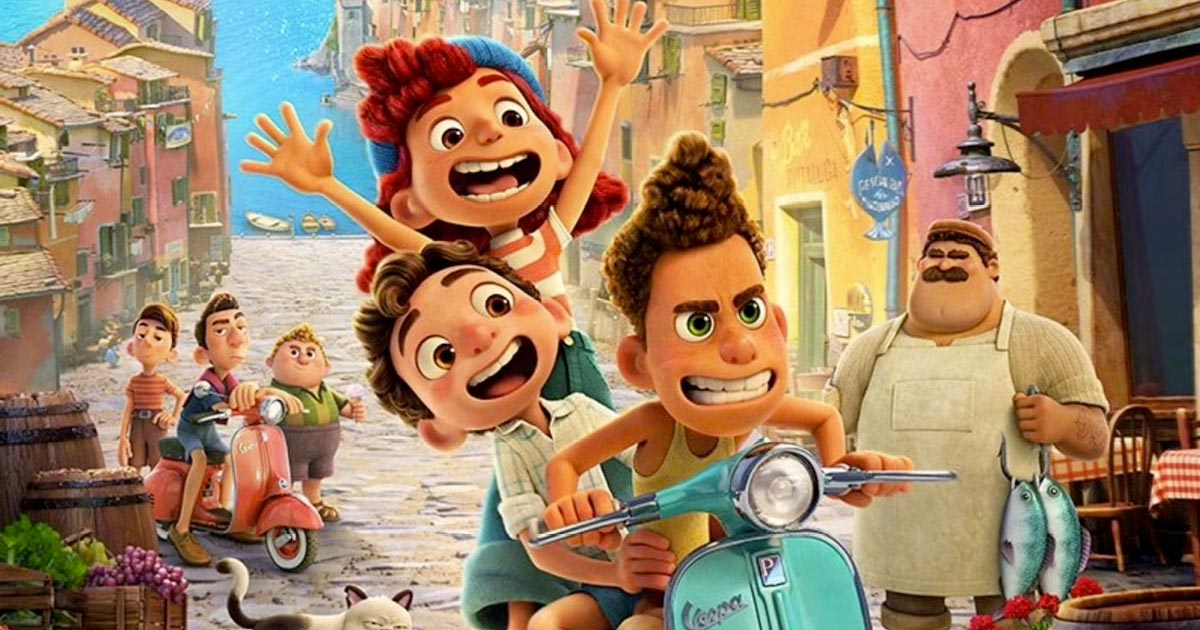In the world of advertising, the battle between animated and live-action commercials is akin to a cinematic showdown. Each style has its champions and critics, and each can deliver a knockout punch in terms of engagement when used correctly. But which one actually drives more engagement?
The Magic of Animation in Commercials

Animated commercials are not just cartoons; they are a bustling marketplace of imagination. Animation allows creators to bend the laws of physics, introduce characters of all shapes and sizes, and create worlds that might be impossible or prohibitively expensive to replicate in live-action. Think of the iconic Red Bull commercials where animated characters sprout wings, or the M&M’s ads where the candies come to life, charming audiences with their witty banter.
Commercial animation studios excel in simplifying complex messages. They can transform a mundane explanation about, say, an insurance policy into an engaging story featuring a cute animal navigating through the dangers of life unprotected. Animation’s versatility makes it incredibly effective for targeting a wide range of demographics, from kids to adults, making it a potent tool for brands that aim to cast a wide net.
Live-Action Commercials: The Human Touch

On the other side of the ring, live-action commercials boast authenticity and realism that animation can struggle to match. There’s something inherently persuasive about seeing real people or actual products in use. Live-action can evoke emotions through relatable human experiences, which can be particularly effective for products or services that require a personal touch.
Consider a commercial for a perfume featuring a famous actor or a heartwarming ad from Google showing real-life moments; live-action can strike an emotional chord, creating a sense of desire or urgency. This format is especially effective in lifestyle, fashion, and luxury branding, where the tangible feel of the product needs to come through vividly.
Engagement Showdown: What Does the Data Say?
When it comes to engagement, both animated and live-action commercials have their strengths, but the effectiveness often depends on the campaign goals and the audience. Animated ads are highly shareable; they often perform well on social media due to their visually appealing and often humorous content. They can generate significant buzz and are more likely to go viral than their live-action counterparts.
Live-action commercials, however, tend to drive more direct engagement in terms of clicks and calls-to-action, especially if they are well-targeted. Seeing a real person interact with a product can be more convincing when it comes to immediate purchasing decisions. Brands aiming for a quick conversion often lean towards live-action for this reason.
The Creative Process: Complexity and Costs

Developing a commercial, be it animated or live-action, is an art and science. Animated commercials can be less expensive to produce, especially if they avoid high-end, 3D animations that require massive computing power and hours of labor. They are also easier to update or edit when you need to tweak the message or adapt it for different audiences or platforms.
Conversely, live-action commercials can be logistically challenging and expensive. They may involve locations, talent, crews, and the unpredictable elements of live filming. However, the costs can vary greatly depending on the scale of the production. A simple shoot with a minimal crew can be quite cost-effective, but add a celebrity into the mix, and the budget can skyrocket.
Adapting to Platforms and Audiences
The choice between animated and live-action might also depend on where the ad will be displayed. Animated ads often play well in digital environments, particularly on platforms like YouTube, Instagram, or Facebook, where users are ready to consume quick, engaging content. Live-action ads might resonate more on traditional platforms like television or in contexts where a deeper narrative is required to engage the viewer.
Furthermore, different demographics might respond uniquely. Kids and younger audiences might be more captivated by the vibrant, fantastical elements of animation, while adults might connect better with the realism and emotional depth of live-action. Understanding your audience is key to choosing the right approach.
The Future of Commercial Advertising

As we move forward, the lines between animated and live-action commercials are blurring. Technologies like augmented reality (AR) and virtual reality (VR) are creating new spaces where the strengths of both formats can be merged for even more engaging experiences.
Additionally, with the rise of artificial intelligence, we might soon see hyper-personalized ads that combine animation and live-action in dynamic ways based on real-time viewer data.
Crafting Emotional Connections: The Art of Storytelling
A fundamental aspect of both animated and live-action commercials is storytelling. The art of crafting a compelling narrative can make or break an ad campaign. Animated commercials often use fun, exaggerated stories that might involve anything from a dancing bear to a family of sofas discussing their daily challenges.
These stories, while fantastical, are crafted to resonate emotionally, often through humor or whimsy, drawing the viewer into a world where anything is possible.
Live-action commercials, on the other hand, tend to tell stories rooted in reality. They might showcase a day in the life of a family, the journey of a young athlete, or a couple experiencing the joy of a new home.
These stories are powerful because they reflect real experiences that viewers can relate to directly. When a viewer sees someone like themselves on the screen, or an aspirational figure, they’re more likely to form an emotional connection, increasing the impact of the advertisement.
The Role of Visuals and Sound

The visual and auditory elements of commercials play a critical role in their effectiveness. In animated ads, the visuals are often vibrant, colorful, and highly stylized. These elements capture the viewer’s attention and can make the ad more memorable. The use of sound in animation is equally important; voiceovers, sound effects, and music are all tailored to enhance the visual experience and add layers of meaning to the story.
In live-action commercials, the focus is on cinematography and the authentic representation of the product or service. The lighting, camera angles, and editing style all contribute to the realism and emotional tone of the ad. Music and sound design in live-action ads are often more subtle but are used strategically to build emotion and rhythm, guiding the viewer through the narrative.



